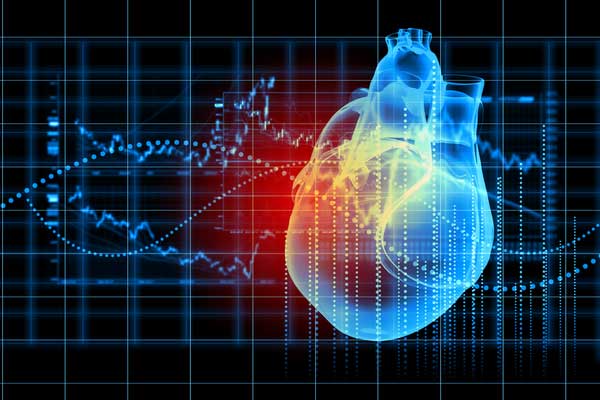Heart failure is a complex condition where the heart is unable to pump enough blood to meet the body’s needs. It can occur on either the left or right side of the heart, causing backup of blood and fluid that leads to different symptoms. In this comprehensive guide, we will cover the key differences between left and right sided heart failure.

What Causes Left Sided Heart Failure About two-thirds of left sided heart failure cases stem from systolic dysfunction. This is where the left ventricle loses its ability to contract normally, reducing the amount of oxygenated blood pumped to the body. Common causes include:
- Coronary artery disease leading to damage of the heart muscle
- Cardiomyopathy which causes the heart muscle to become enlarged, thick or rigid
- Valvular diseases like aortic stenosis or mitral regurgitation
Acute causes can also trigger left sided heart failure, though these are less common. Examples include heart attacks, illicit drug use, acute valvular disorders and more.
Symptoms of Left Sided Heart Failure
Since less blood moves forward from the left ventricle, backflow occurs which leads to a buildup of fluid in the lungs called pulmonary edema or congestion. Key signs to watch for include:
Increased Pulmonary Artery Pressure
The accumulating blood and fluid raises pressure in the pulmonary arteries. This drives fluid into the lung’s interstitial space.
Pulmonary Edema
Fluid in areas of the lungs impairs proper gas exchange. Shortness of breath (dyspnea), difficulty breathing while lying down (orthopnea) and coughing up frothy pink sputum can occur. Crackling sounds (rales) are also audible when listening to the lungs.
Fatigue and Weakness
Inadequate blood flow to the body leaves patients feeling tired, weak or lethargic.
Decreased Urine Output
The kidneys respond to poor perfusion by retaining fluid instead of excreting it.
Abnormal Heart Rhythms
Compensatory mechanisms aim to increase stroke volume by speeding up the heartbeat. This can spur rapid, irregular pulse rates.

Causes of Right Sided Heart Failure
Right sided heart failure stems from an inability of the right ventricle to supply blood to the lungs for oxygenation. Common causal factors include:
Left Heart Failure
Over time, unmanaged left sided failure raises pulmonary pressures. This taxes the right ventricle as it pumps against higher resistance.
Left-to-Right Shunting
Defects allowing oxygenated blood to flow back into the right heart chamber (ASDs, VSDs) increase fluid volume for the right ventricle to handle.
Lung Diseases
Hypoxemia from COPD, pulmonary fibrosis and other lung issues prompt vasoconstriction. This elevates pulmonary vascular resistance and pressures.
Right Sided Heart Failure Symptoms
Look for a mix of indicators tied to systemic vascular congestion and inadequate perfusion:
Elevated Central Venous Pressure
Blood and fluid backup into the vena cava and right atrium, measured as central venous pressure (CVP).
Systemic Congestion
Excess fluid seeps into body tissues causing swollen neck veins, leg/feet edema with pitting, enlarged liver or spleen.
Fatigue/Weakness
Inadequate oxygenated blood pumped to the left heart decreases overall cardiac output and circulation.
Nocturnal Increased Urine Output
The right ventricle receives increased blood flow as patients lie down, spurring diuresis overnight to excrete extra fluid.
The bottom line is properly identifying whether patients exhibit right sided vs left sided heart failure signs and symptoms allows earlier tailoring of appropriate treatments. Preventing progression to complex biventricular failure is the ultimate goal.
